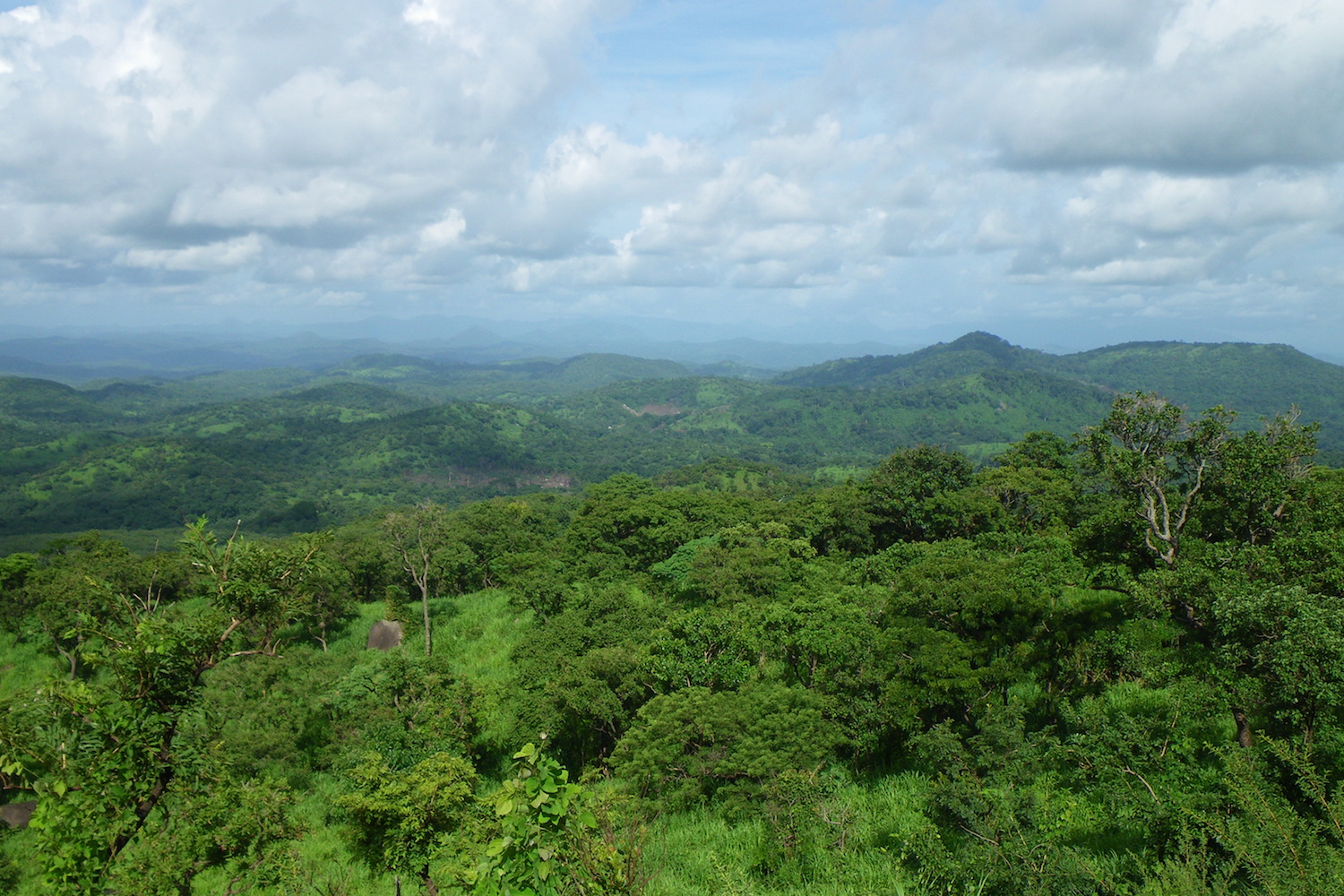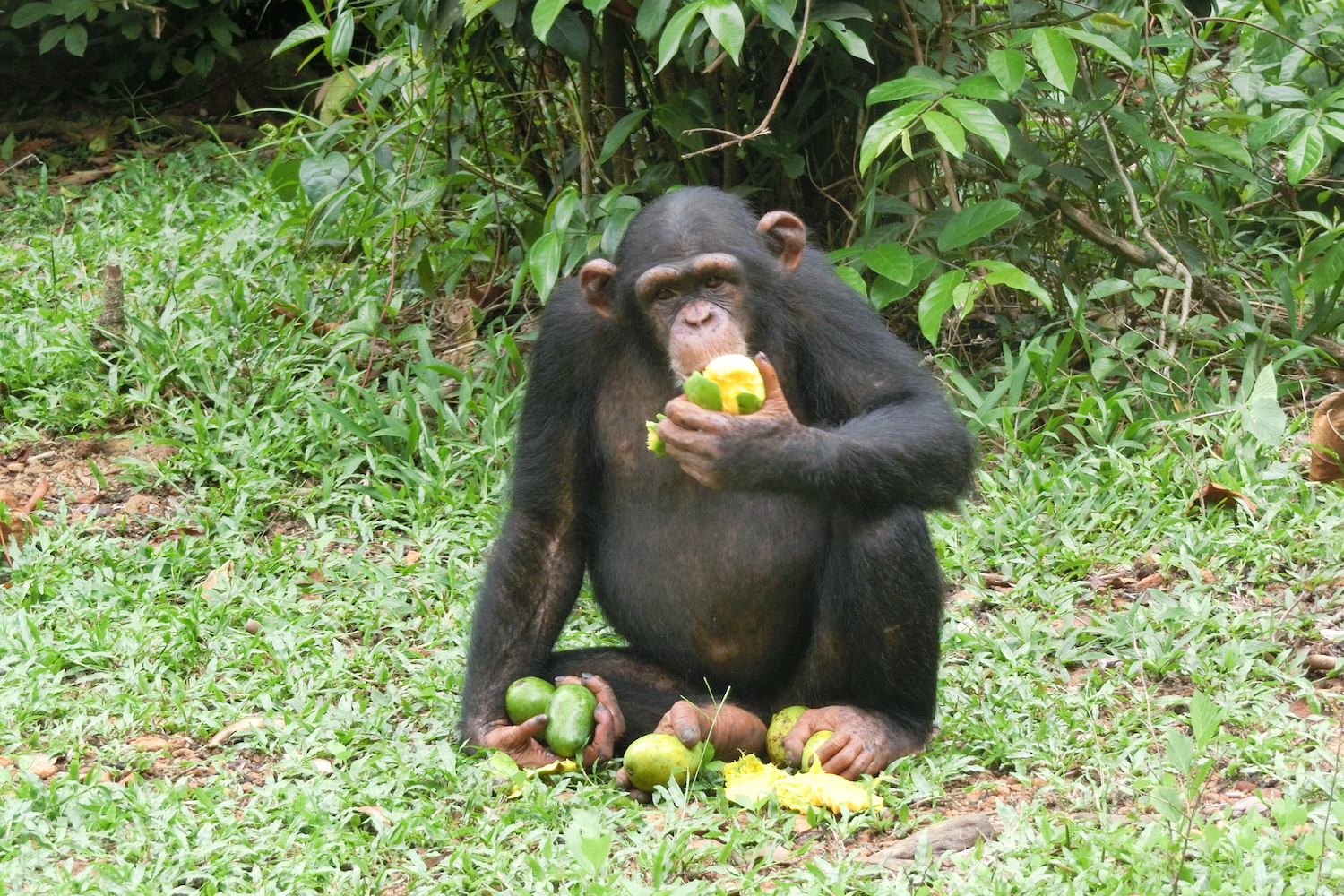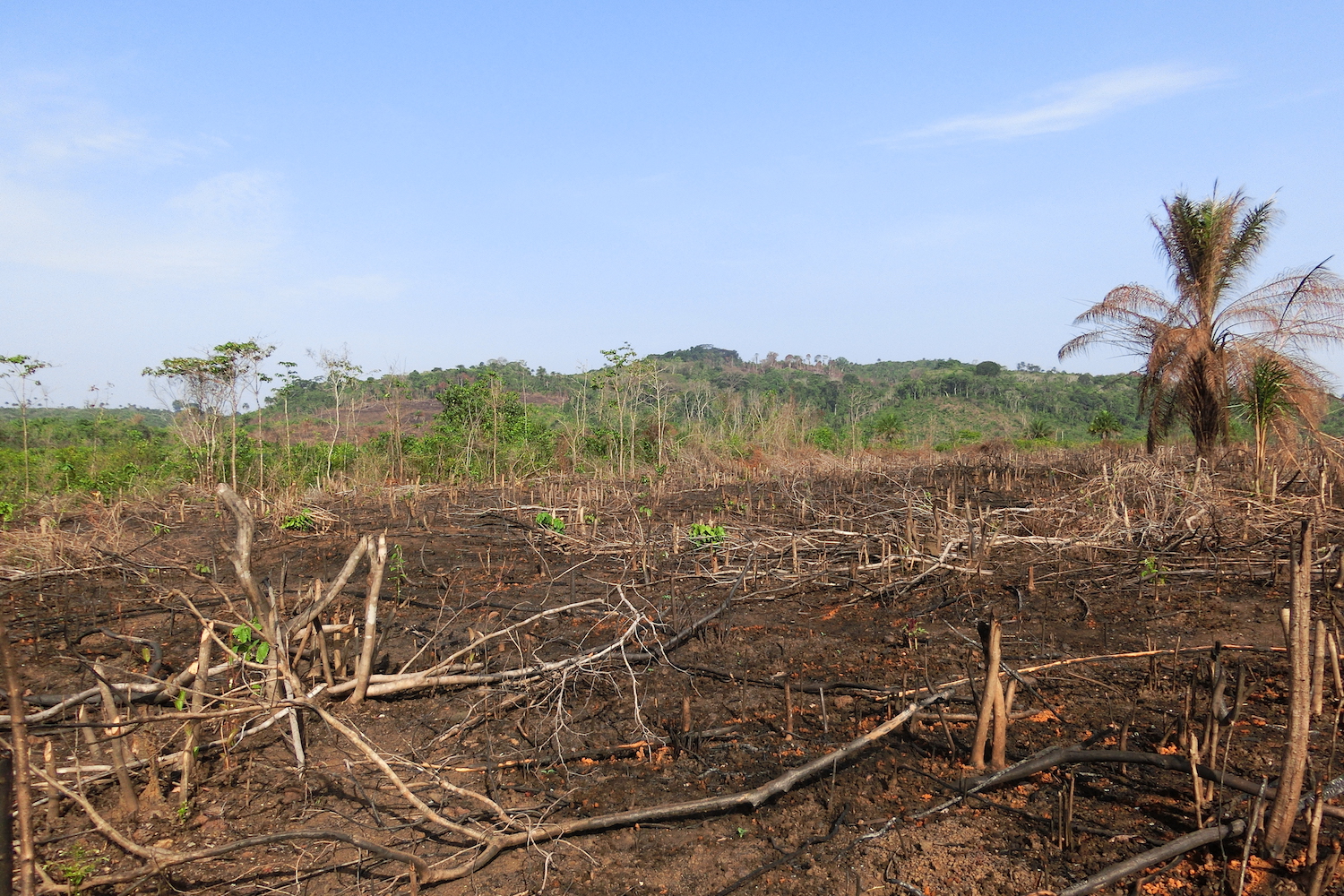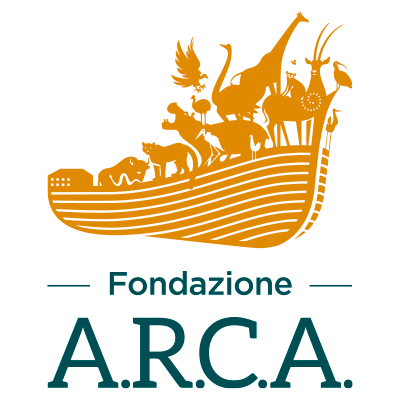Chimpanzee (Pan troglodytes) is listed as “Endangered” in the IUCN Red List. In fact, even though it’s the largest and most widespread species of great ape, the population decline continues unceasingly. The threats to its survival are various; the main one is represented by the loss of natural habitat, mainly due to the agricultural practice of the “slash-and-burn”, to timber trade and to mining activity for oil and gas extraction. Another threat is poaching for meat, for the pet-trade, to obtain laboratory animals and to defend crops against attacks. Due to habitat loss and human activity expansion, the chimpanzee population has shrunk considerably in the last 20-30 years and it’s suspected that the decrease will continue in the future. Between 1970 and 2030 the decrease of the wild population could exceed 50%. Furthermore, the continuous increase of the human population in the chimpanzee distribution area leads to a greater possibility of spreading diseases such as Ebola.
 |
 |
 |
 Italiano
Italiano English
English Deutsch
Deutsch




